Geomembrana 1mm, also knwon as 1mm geomembrane, for landfill applications is a type of impermeable liner specifically designed to prevent the leakage of liquids or gases from landfills. It acts as a barrier between the waste materials and the surrounding environment, protecting groundwater and surface water from contamination.
BPM geomembrane specializes in providing high-quality geomembrana liner at competitive factory prices. Our products can be customized in terms of size and thickness to meet the specific requirements of each project.
In this article, let’s explore the definition, benifits, and selection of geomembrana 1mm for landfill projects.
1. What Is Geomembrana 1mm?
Geomembrana 1mm, also known as geomembana 40 mil, is a specific type of geomembrane that has a thickness of 1mm or 40 mil. It is manufactured using high-quality polyethylene virgin raw material and is formulated with additives such as carbon black, antioxidants, anti-aging agents, and UV resistance components. The production process involves using blowing film production lines and flat die production lines to create the geomembrana.
Geomembrana 1mm is an effective waterproofing barrier in various construction projects. It is designed to be impermeable, durable, and resistant to punctures and chemicals. This makes it suitable for a wide range of applications.
In landfill liners, geomembrana 1mm is used to prevent the seepage of leachate, which is the liquid that forms as waste decomposes. By creating a reliable barrier, it helps protect the surrounding environment from contamination.
In mining operations, geomembrana 1mm is used for the containment of hazardous materials. It helps prevent the release of pollutants into the soil and water, ensuring the safety and integrity of the mining site.
Geomembrana 1mm is also utilized in water containment structures such as reservoirs and ponds. By providing a robust waterproofing solution, it helps maintain the water levels and prevents seepage, minimizing water loss and ensuring the efficient use of water resources.
Geomembrana 1mm also plays crucial role in environmental protection projects by containing pollutants and preserving water resources. It is also used in aquaculture for pond and tank lining, creating a reliable barrier to prevent water leakage and maintain the desired water conditions for aquatic organisms.
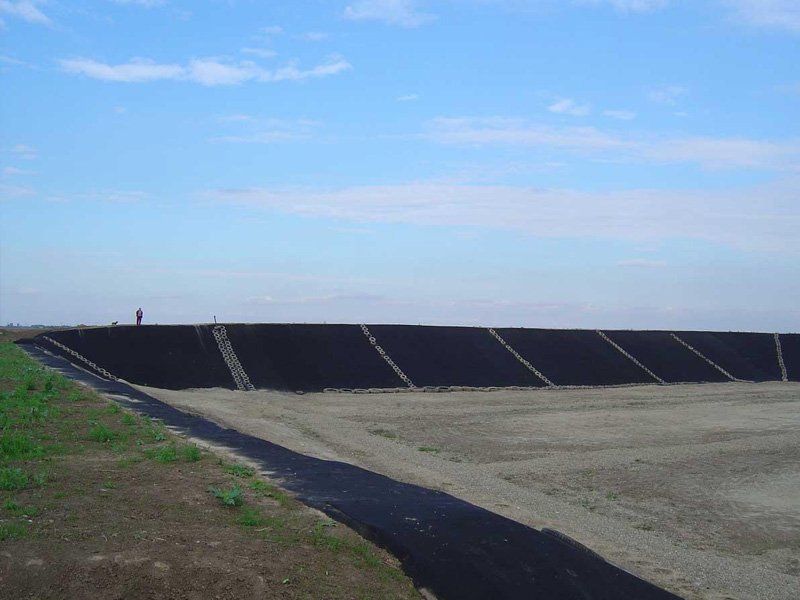
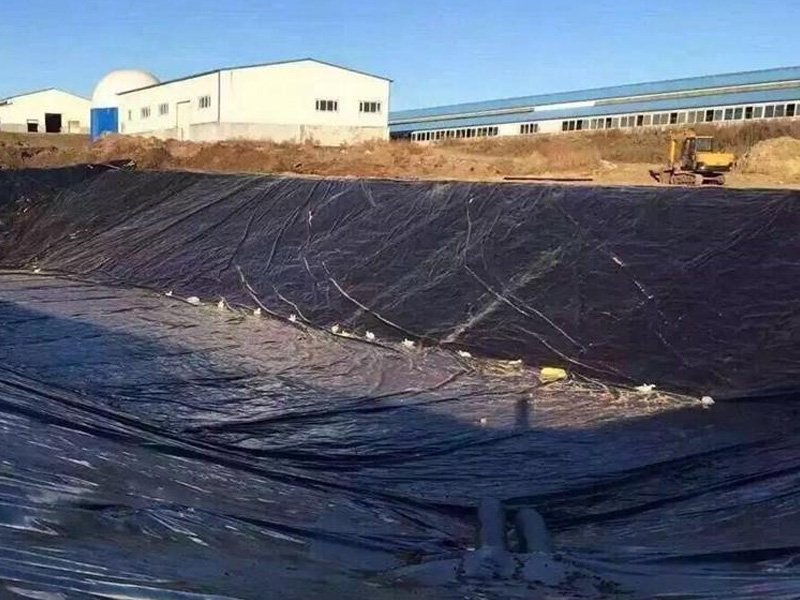
2. What Are Landfills?
Modern landfills are carefully designed and engineered facilities that prioritize minimizing their environmental impact. They are strategically located away from residential areas to mitigate issues like odor and noise, ensuring the well-being of nearby communities. The waste in landfills is methodically compacted and spread in layers, with daily cover applied to control odors, prevent litter, and manage pests effectively.
To further enhance environmental protection, landfills utilize liners and collection systems. Liners act as barriers to prevent the leachate, which is the liquid resulting from the decomposition of waste, from seeping into the surrounding soil and potentially contaminating groundwater. Collection systems are employed to capture and manage the leachate effectively.
Landfills play a role in sustainable waste management by collecting methane gas generated during the decomposition process. This collected methane can be utilized as an energy source, contributing to renewable energy production.
Through these engineered features and management practices, modern landfills aim to ensure proper waste disposal, minimize environmental risks, and promote sustainable waste management practices for a cleaner and healthier environment.
3. What Are Benefits of Geomembrana 1mm In landfills
The benefits of geomembrana 1mm in landfills include preventing bottom and side leakage, durability, chemical resistance, and longevity. These advantages contribute to effective waste containment, environmental protection, and the adherence to regulatory requirements for landfill operations.
3.1 Prevention of bottom leakage
Geomembrana 1mm serves as the primary impermeable layer at the bottom of a landfill. It prevents landfill leachate from penetrating into the groundwater. By providing an effective barrier, it safeguards the quality of groundwater and protects it from contamination.
3.2 Prevention of side leakage
Geomembrana 1mm not only prevents leakage at the bottom of the landfill but also acts as a barrier on the sides. It prevents leachate from leaking along the sides of the landfill. The geomembrana is embedded into the side walls or connected to an impermeable layer to ensure complete coverage and sealing of the landfill’s sides.
3.3 Durability
Geomembrana 1mm is manufactured using high-quality materials and additives, enhancing its strength and durability. It can withstand the harsh conditions found in landfills, including exposure to chemicals, UV radiation, and mechanical stresses.
3.4 Chemical resistance
Landfills contain various types of waste, including hazardous materials. Geomembrana 1mm exhibits excellent chemical resistance, effectively containing and isolating hazardous substances. This prevents their migration into the environment and minimizes the risk of contamination.
3.5 Longevity
Geomembrana 1mm has a long service life, ensuring reliable performance over an extended period. Its resistance to degradation, punctures, and wear allows it to maintain its effectiveness throughout the lifespan of the landfill.
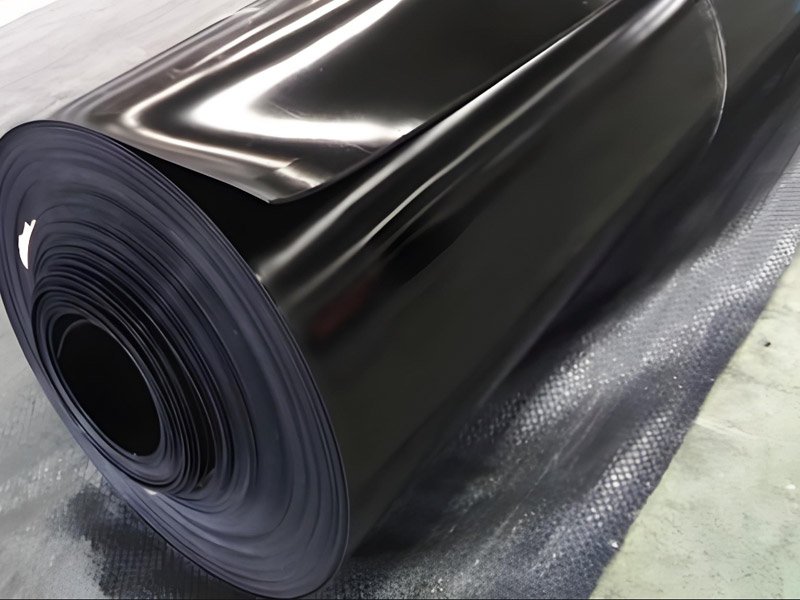
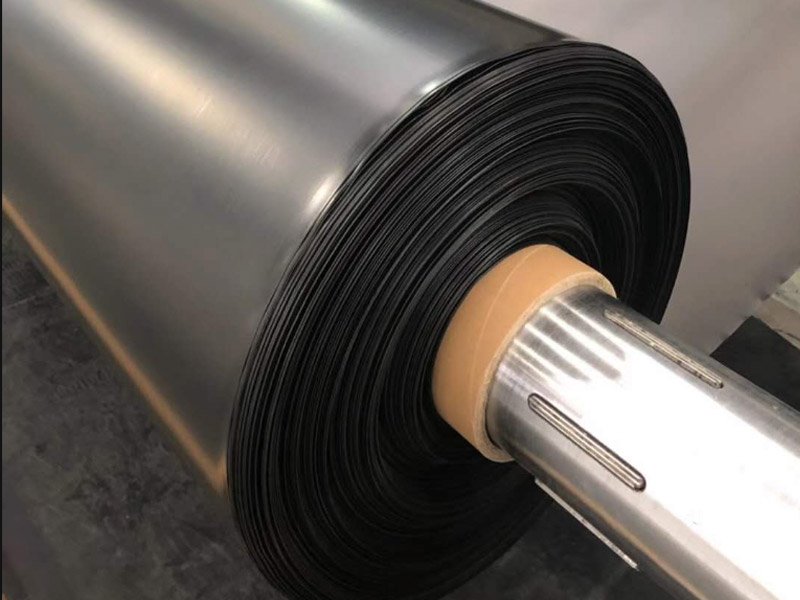
4. How To Choose Right Geomembrana 1mm For landfills
4.1 Material
HDPE (High-Density Polyethylene) is a common and recommended material for geomembranas in landfills. It offers excellent chemical stability, resistance to permeability, and corrosion resistance. HDPE geomembranas effectively prevent leakage and have a long service life.
4.2 Geomembrana Thickness
The thickness of the geomembrana depends on design specifications, geological conditions, and waste characteristics. For the bottom liner system, which prevents leachate from contaminating groundwater, thickness typically ranges from 1.0mm to 2.0mm. Thicker geomembranas ensure durability against waste and leachate pressure. Sidewall liners are usually thinner, ranging from 0.5mm to 1.5mm, as they experience less mechanical stress. Factors like groundwater levels and the landfill’s expected lifespan should also be considered when selecting the appropriate thickness.
4.3 Geomembrana Installation
Landfill geomembrana installation usually involves several key steps. First, clean and level the surface of the landfill. The bottom impermeable layer is then installed, usually over the subsoil. The side impermeable layer is connected to the bottom layer and laid along the edge of the landfill site. Welding and joining ensure that the geomembrana is completely sealed, usually using thermal welding or chemical welding. After installation, strict inspection is carried out to ensure that the geomembrana is complete and non-destructive. Finally, the landfill is covered to protect the geomembrana and the landfill operation is carried out. The entire process requires precision operation and strict adherence to specifications to ensure that the geomemofilm effectively prevents leakage and protects the surrounding environment from contamination.
4.4 Compatibility
Assess the compatibility of the geomembrane with other components of the landfill system, such as geotextiles, geocomposites, and drainage systems. Compatibility ensures a reliable and integrated solution.
4.5 Supplier Seleztion
Choose a reputable supplier who offers geomembrane products with stable quality, competitive pricing, and proper certifications. This ensures that you receive a reliable product that meets your project needs. BPM Geomembrane is the reliable supplier with a complete line of geomembrana liners.
5. Summary
Geomembranas effectively prevent waste leakage, safeguarding groundwater and soil from pollution and preserving ecosystem health. This ensures ecological balance and human well-being. Moreover, by containing leaky liquids, geomembranas enable efficient collection and treatment of leachate, allowing for resource recovery such as energy production or water reuse, minimizing resource wastage. Geomembrana application enhances landfill efficiency by reducing the required land area. As landfill leachate no longer contaminates the surroundings, existing land resources can be utilized more effectively, meeting urban waste treatment needs and reducing the necessity for new land development. Geomembranas not only contribute to environmental protection but also enhance resource utilization and land use efficiency, making them crucial for effective landfill management.



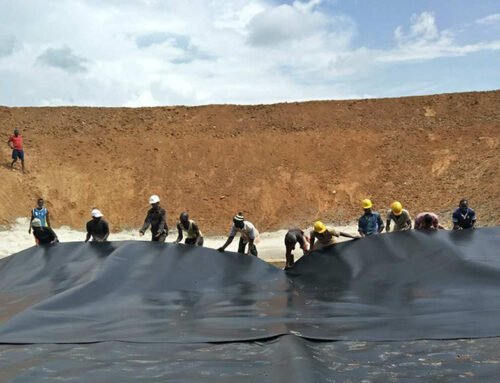

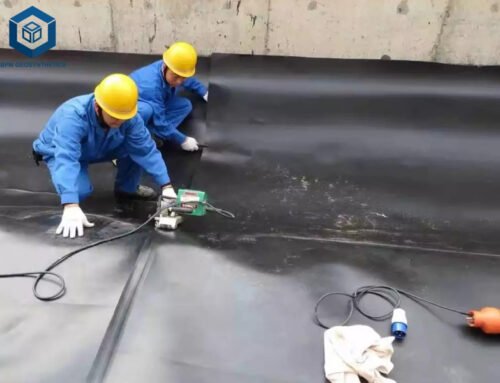
Leave A Comment
You must be logged in to post a comment.